“Carbon fiber’s high strength-to-weight ratio makes it ideal for aerospace and automotive applications, but its hardness requires precision machining technique”
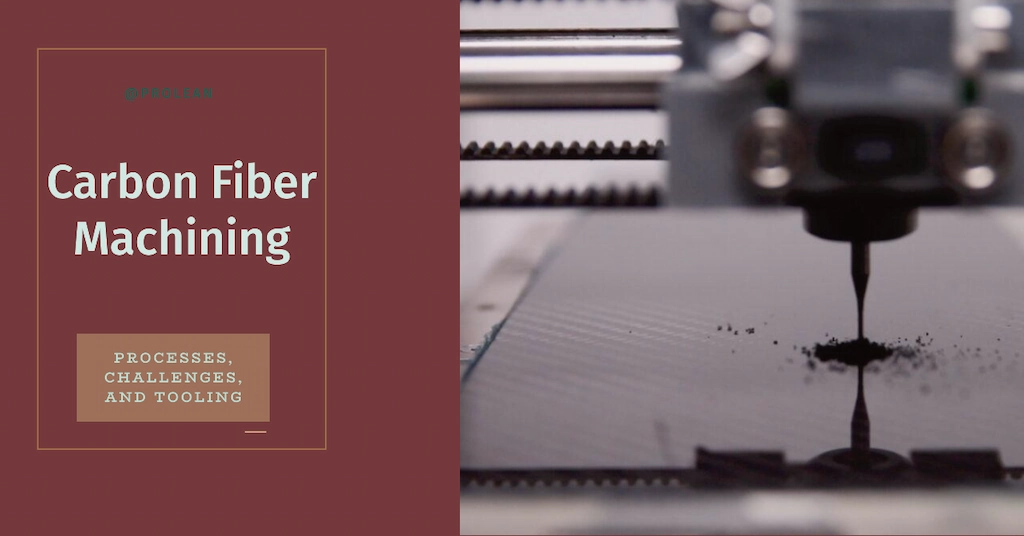
Carbon fibers are lightweight composites known for their high strength, low weight, durability, impact resistance, and many other beneficial properties for countless industrial applications. These composite parts are especially popular in aerospace, marine, and sporting goods. Among different processes, carbon fiber machining is one of the prominent ones for crafting components of various shapes and size.
Carbon fiber materials can be processed by Milling, turning, drilling, tapping, and other machining operations. However, it is difficult due to its hardness, brittleness, and abrasive properties. Too much material, geometry, cutting parameters, and other considerations are necessary for the machining of carbon fiber parts.
By the end of this article, we will cover what is carbon fiber, its properties, machining operations, and application examples;
What is the Carbon Fiber Composite?
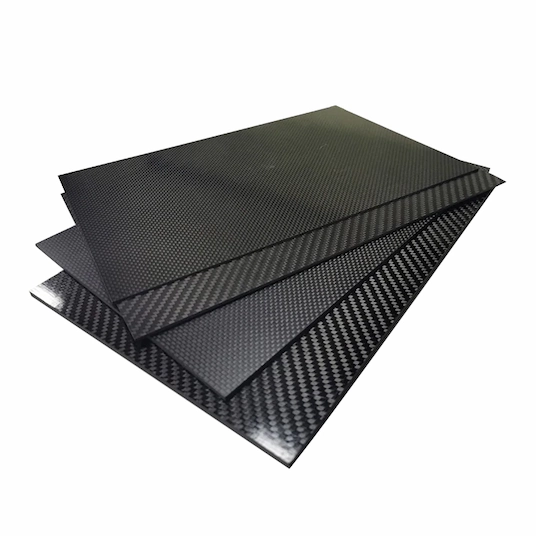
Carbon fiber sheets
The carbon fiber composite is the matrix of long and tight interlocking carbon fiber chains bound together with resins. The diameter of fiber typically ranges up to 10 μm and weighs significantly less than other engineering materials like steel and titanium.
A substance like polyacrylonitrile (PAN) provides the carbon fibers needed to make composite sheets. These fibers are woven into fabrics or laid up, then impregnated with epoxy resin to form prepreg. Next, the molding and curing of prepreg material under heat and pressure to form the composite sheets.
What are the Key Properties of Carbon Fiber?
Rigid carbon fiber material offers an excellent strength-to-weight ratio, stiffness, wear resistance, superior corrosion resistance, and other beneficial properties. These are essential for manufacturing, especially aerospace and similar high-strength and lightweight applications.
The list of carbon fiber properties is as follows;
- High mechanical strengths ( tensile and compression)
- Minimal thermal expansion and can withstand harsh environments.
- Toughness and lightweight
- Excellent damping and self-lubricating properties
- High Fatigue resistance and durability
- Smooth and appealing finish
- Corrosion, wear, scratch, and abrasion resistance.
Moreover, carbon fiber provides five times more strength than steel for the same weight. Its relevance in lightweight parts without sacrificing strength can be seen from this fact.
Table: Carbon Fiber Properties (Courtesy: ResearchGate)
| Parameter | Value |
|---|---|
| Fiber diameter | 5 µm |
| Tensile strength/ modulus | 5880 MPa/ 294 GPa |
| Fibre areal weight | 268 g/m² |
| Density | 1.8 g/cm³ |
| Thermal conductivity | 70 W/m.K |
| Strain | 2% |
Try Prolean Now!
Challenges in Carbon Fiber Machining
The toughness, abrasive nature, and compact structure of carbon fibers make it difficult to machine with simple tools and parameters, such as in metal machining. So, there are some complexes and challenges in carbon fiber machining. However, recognizing the potential issues and adopting preventive measures can eliminate the machining challenges and defects.
- Low thermal conductivity of Carbon Fiber
Materials’ low thermal conductivity is one of the machining challenges as it can build heat in machining areas and cutting tools—a low amount of heat flows through the chips. So, it can degrade the properties or delaminate the carbon fiber layer.
Prevention: Use specialized coolants, controlled cutting speeds, and advanced tool coatings.
- The abrasive Nature of Carbon Fiber
Carbon fiber workpieces are abrasive, and they can cause rapid tool wear and vibration in equipment. As a result, the finish can contain a high level of roughness and irregularities.
Prevention: Use diamond-coated tools and stable machining setups to reduce tool wear and vibrations.
- Dust Formation
Carbon fiber produces more dust particles than other materials machining, which is not only a problem for management but also harmful to human health.
Prevention: Ventilation systems, dust extraction, PPE, and other arrangements are necessary.
- Inconsistent Layer Cuts
Carbon fiber composites are often layered with different materials or orientations to enhance specific mechanical properties. These variations can affect how each layer reacts to machining, leading to inconsistent cut quality, varying thicknesses, and weakened structural integrity.
Prevention: Adjusting parameters with real-time feedback, tool path simulation, and tight holding of the composite workpiece.
CNC Machining Tools for Carbon Fiber Material
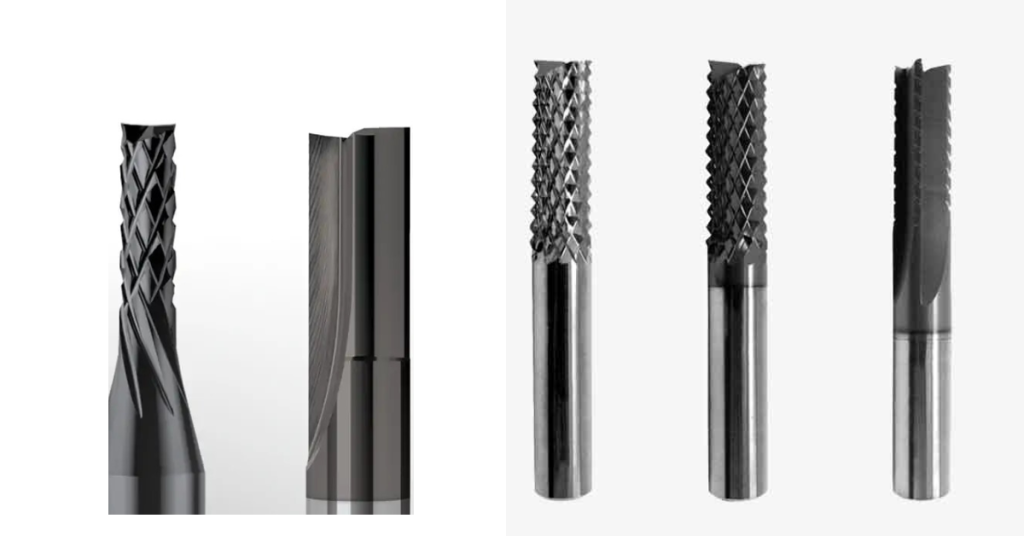
Carbon fiber machining tools
Hard material-coated tools are preferred for carbon fiber machining to balance the toughness. Diamond, solid carbide, and polycrystalline diamond are a few coating options. The table below shows the common tooling options with their pros & cons;
Table: Tolling for Carbon Fiber CNC Machining
| Tooling Type | Advantages | Disadvantages |
| Diamond Tooling | Extremely hard, durable, excellent thermal conductivity | Very expensive, not for ferrous materials |
| Carbide Tooling | Affordable, readily available | Rapid wear, short tool life |
| PCD Tooling | Lasts up to 25x longer, high-speed operation | High initial cost, not for ferrous materials |
| Solid Carbide End Mills | High rigidity, efficient chip removal | Moderate tool life |
| Diamond-Grit Hole Saws | Clean cuts, minimal delamination | Higher cost than standard hole saws |
| HSS Tools with Diamond Coating | Good performance, extended tool life | Less durable than solid PCD tools |
| Specialized Router Bits | Smooth edges, precise cuts | Specific to edge trimming |
Furthermore, the machining speed and feed rate are two other important considerations besides the tooling to prevent damage and tool wear. Use a feed rate of 0.02-0.05 mm/rev, spindle speeds of 5,000-7,000 RPM, and cutting speeds of around 200 m/min.
Carbon Fiber Machining Processes
Carbon fiber can be machined into the desired shape with various machining processes, milling, turning, drilling, etc. Each of these processes utilizes different machining tools and offers unique capabilities.
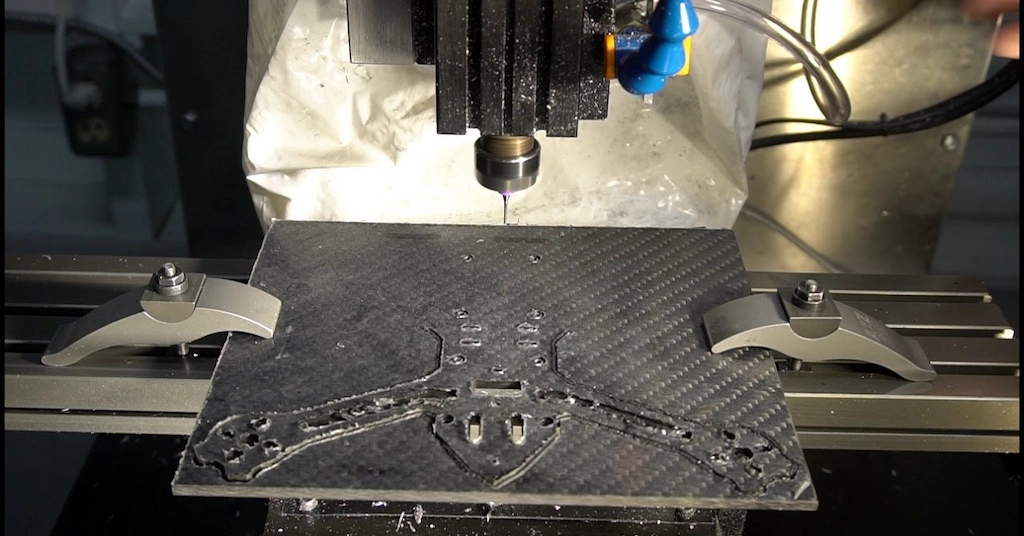
Carbon fiber machining process
- Milling
The milling process uses rotating cutting tools to remove material and create complex shapes with precise dimensions. The preferred tools for this process are diamond-coated or polycrystalline diamond (PCD) end mills. They are highly resistant to the abrasive nature of carbon fiber. For carbon fiber milling, spindle speeds of 5,000-7,000 RPM and feed rates of 0.02-0.05 mm/rev are optimal.
- Turning
In turning, the workpiece rotates while a stationary cutting tool removes material by feeding towards the workpiece. It is predominantly used to manufacture cylindrical carbon fiber parts. Meanwhile, diamond-coated or PCD lathe tools are ideal for turning. Subsequently, moderate spindle speeds and controlled feed rates are necessary to prevent delamination of the carbon fiber layers.
- Drilling
The drill bit rotates inwards from the workpiece surface and removes the material to create holes with the same diameter as the drill bit. The carbon fiber drilling is particularly challenging due to the material’s tendency to fray and delaminate. Specialized drill bits with a negative rake angle and high spindle speeds are preferred to minimize these issues.
- Tapping
Tapping forms threads inside drilled holes, typically for fasteners in carbon fiber components. Tapping requires precision and care to avoid damaging the composite structure in carbon fiber machining. Specialized taps designed for composite materials(often coated with titanium or diamond) can enhance the drilling performance.
- Waterjet Cutting
A water jet cutter uses a high-pressure jet of water, often mixed with abrasive particles, to cut through materials into designed shapes or patterns. This process is highly effective for carbon fiber sheets because it produces minimal thermal stress and avoids delamination. Subsequently, waterjet allows complex shapes and features.
Try Prolean Now!
Applications of Carbon Fiber CNC Machining
CNC lathes, milling machines, turning centers, and all equipment use Computer Numerical Control to execute the material removal. Subsequently, they can accommodate different types of tools based on machining requirements. These two and many other capabilities of CNC machines make them ideal for crafting carbon fibers into functional components for diverse industries, such as aerospace, automotive, electronics, etc.
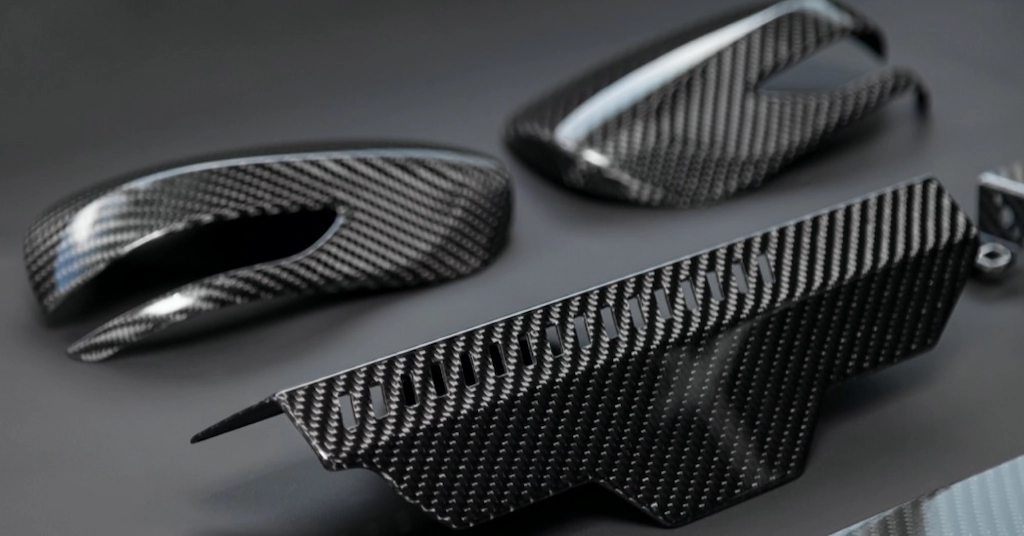
Custom carbon fiber machining parts
Aerospace
Carbon fiber application has a significant role in the aerospace industry, from commercial aircraft to drones, rockets, and satellites. There are two main reasons for this: strength and weight. Additionally, CNC machining can handle tight tolerances and complexity.
Examples;
- Aircraft wings, tail fins, landing gear doors, and fuselage sections.
- Satellite frames
- Unmanned aerial vehicles (UAVs)
- Helicopter rotor blades
- Propeller blades
- Missile casings
- Spacecraft structural panels
Sport Items
The low weight of carbon fiber also supports various sporting items such as bikes and skis. Here, reduced weight and superior strength improve their performance.
Examples;
- Golf club shafts
- Archery bows
- Hockey sticks
- Surfboards
- Kayak paddle
- Tennis rackets
Medical
Carbon fiber is suitable for some medical implants and several medical equipment components due to high corrosion and wear resistance. Additionally, it is biocompatible and shows an elastic modulus near to human bones.
Examples;
- Prosthetic limbs
- Surgical instruments
- Orthopedic braces
- Patient transport stretchers
- Medical implants
- Wheelchair frames
- Operating tables
Defense and Military
Carbon fiber enhances performance and efficiency in equipment and vehicles, offering superior ballistic protection and improved fuel efficiency. Meanwhile, it maintains the structural integrity of the system of vehicle parts under extreme conditions.
Examples;
- Body armor
- Helmets
- Vehicle armor panels
- Missile casings
- Portable shelters
- Radomes
- Antenna structures
- Tank skirts
Other Industries
Energy, construction, shipbuilding, and other industries also use carbon fiber machining for different parts.
Examples;
- Wind turbine blades, solar panel frames, oil rig components, battery casings
- Hull reinforcements, propeller shafts, deck structures
- Sports car body panels
- Industrial rollers and musical instrument parts
Summary
Overall carbon fiber is the ideal engineering material where a high strength-to-weight ratio, superior corrosion and wear resistance, and toughness are required. One prevent example is aerospace components, which we have discussed in this article. Meanwhile, consideration of tooling and machining variables is critical in machining carbon fiber parts. Hard material coatings are typically used to tackle these properties and possible challenges.
At ProleanTech, we use a custom tooling approach to handle the carbon fiber machining. Our engineers simulate the tool path and machining operations to optimize the machining parameters like spindle speed, feed rate, cutting speed, etc. So, if you need any related components or prototypes, please request a quote!
FAQs
Are carbon fiber machining parts expensive?
Carbon fiber machined parts are generally more expensive due to the high cost of raw materials than metallic parts. However, their long-term benefits, like weight savings and durability, can justify the investment.
Is carbon fiber more robust than steel alloys?
Carbon fiber is not necessarily more robust than steel alloys in sheer strength, but it offers a superior strength-to-weight ratio. This means it has comparable strength while being significantly lighter.
What kinds of toolings are suitable for carbon fiber machining?
Specialized tooling with diamond or carbide tips is suitable for carbon fiber machining to resist the abrasive nature of carbon fibers and reduce wear.
What are the challenges in the machining of carbon fibers?
Some challenges include abrasiveness, the risk of delamination, and heat generation.

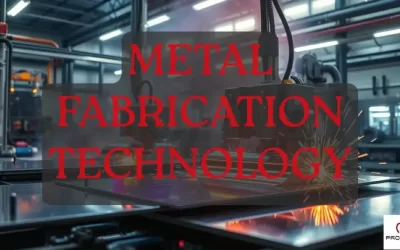
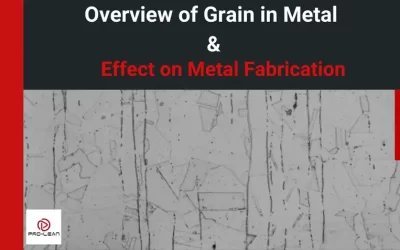
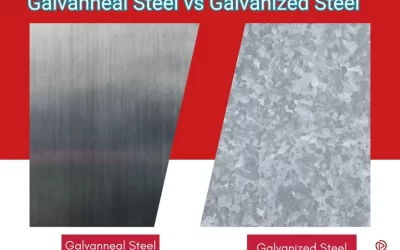
Is CNC milling the future of manufacturing, or are traditional machining methods still relevant in today’s industry? How can CNC milling services adapt to the growing demand for customization and rapid prototyping in the market?
Thank you for your comment! Simply CNC milling has revolutionized manufacturing with precision, efficiency, and versatility, making it essential in modern industries, from medical innovations to advanced defense systems. Traditional machining methods remain relevant, especially for simple tasks and where manual skill is crucial.
CNC milling services adapt to customization and rapid prototyping demands by embracing flexible manufacturing systems and advanced software